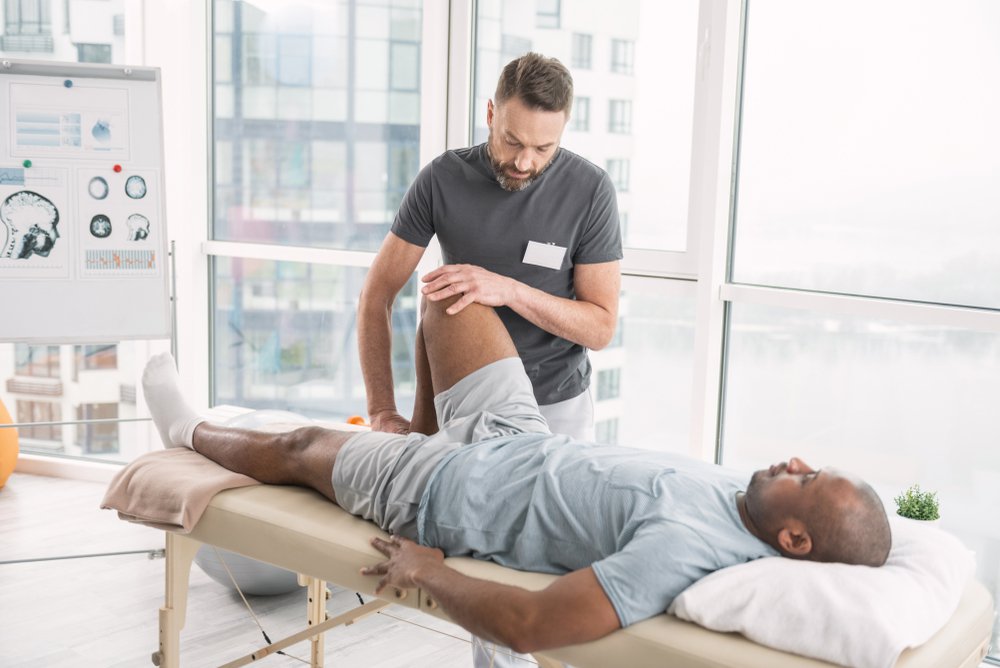Effective Approaches to Minimize the Risk of Acute Traumas in Sports Via Focused Preventive Tactics
Effective Approaches to Minimize the Risk of Acute Traumas in Sports Via Focused Preventive Tactics
Blog Article

Acute traumas in sports can happen suddenly and often lead to serious problems for players. These injuries can vary from twists and tears to fractures and concussions. To help prevent these traumas, it is crucial to adopt targeted preventive strategies. These strategies focus on education, appropriate preparation, gear use, and overall well-being maintenance. By addressing these key areas, athletes can considerably lower their risk of experiencing acute injuries while participating in their beloved activities.
One successful approach to minimizing the likelihood of injuries is through instruction. Athletes, coaches, and guardians should be educated about the common types of injuries associated with particular activities. Comprehending the mechanics of these injuries allows all involved to recognize the signs and symptoms early. Informative workshops or seminars can assist teach athletes about proper techniques and the significance of preparing up before games or practices. This understanding enables athletes to take responsibility for their safety and motivates them to express any concerns about possible traumas.
Another crucial preventive strategy is proper preparation. Players should engage in a well-rounded conditioning program that centers on developing strength, flexibility, and endurance. Strength conditioning assists build the muscles that support joints, lowering the likelihood of injuries. Flexibility exercises, such as elongating, can enhance the range of motion and reduce the risk of muscle strains. Additionally, players should integrate sport-specific drills that mimic game scenarios, which can assist them become more familiar with the movements involved in their selected sport. Trainers play a vital role in designing and executing these conditioning programs to ensure they are safe and effective.
The use of suitable equipment is also essential in reducing acute injuries in athletics. Athletes should always wear the appropriate gear for their specific activity, including helmets, pads, and proper footwear. For instance, visit gridiron players need helmets to shield against head injuries, while football players require shin guards to protect their legs from impact. It is crucial that equipment fits correctly and is maintained regularly to guarantee it provides the intended safeguarding. Trainers and parents should motivate players to take the effort to choose and wear the right gear to minimize their chances of trauma.
In addition awareness, training, and gear, upholding overall health is crucial for injury prevention. Players should emphasize proper nutrition, hydration, and rest to keep their physical condition in top condition. A balanced diet rich in vitamins and minerals aids support muscle recovery and overall athletic performance. Staying hydrated is also crucial, as dehydration can lead to exhaustion and heighten the risk of traumas. Lastly, achieving enough sleep is crucial for recovery and maintaining focus during training sessions and games. By encouraging good health habits, players can enhance their performance and lower their chances of experiencing acute injuries.
In summary, minimizing the likelihood of acute traumas in athletics requires a comprehensive method that includes awareness, adequate training, suitable gear, and overall well-being maintenance. By concentrating on these specific protective strategies, players can more effectively protect themselves from the risks of traumas. Coaches, parents, and athletes all have important roles to play in fostering a safe sports environment. By working together and prioritizing safety, the enjoyment of sports can persist without the disruption of painful traumas.